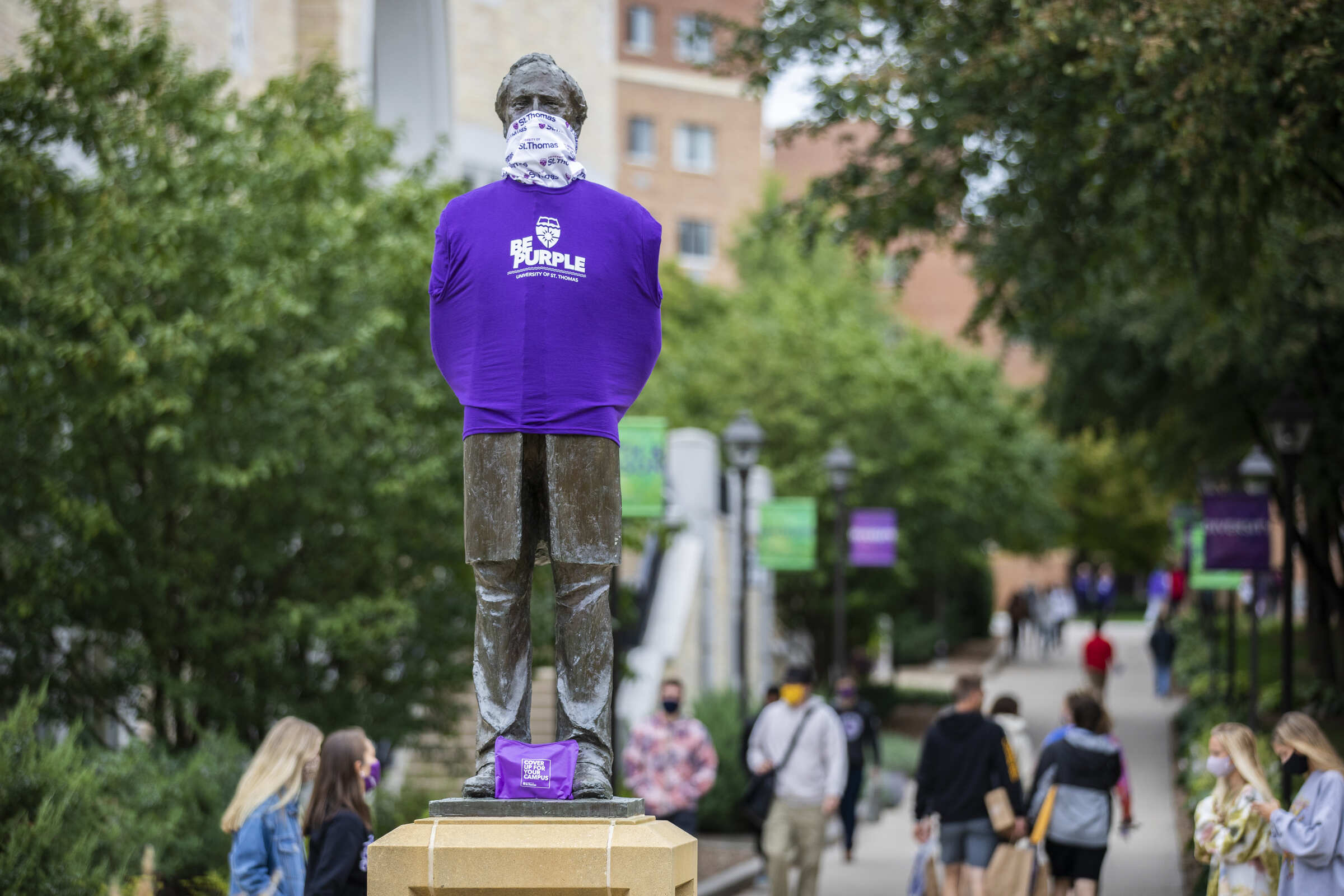While much of the world has moved on in the five years since COVID-19 led everyone into a lockdown, the virus continues to mutate, leading experts to warn the next pandemic is "when," not "if."
Scientists like us analyze what we can learn from our past experiences to improve future responses. Our findings show that when it comes to containing an outbreak, the timing and duration of restrictions may matter more than how strict they are. Whatever and whenever the next global health crisis hits, there are lessons we can learn from government response to the recent pandemic. That’s why our latest research examined whether officials implemented restrictions effectively.

Our new study takes a deep dive into the effectiveness of lockdowns, social distancing, and mask mandates, offering insights that could shape government response to future pandemics.
The research, published in Scientific Reports, a Nature portfolio journal, reveals that while strict lockdowns effectively controlled early outbreaks, their success depended on being maintained for a sufficient period, especially for highly infectious strains with a higher R0. (R0 is the average number of people that one sick person can infect). Additionally, the study found that well-timed, moderate restrictions could sometimes be more effective than severe measures that were lifted prematurely.
Why timing and duration matter
One of the study’s biggest findings is that every intervention has an optimal duration. Beyond a certain, keeping restrictions in place offers little additional benefit.
For example, early in the pandemic, strict lockdowns helped slow the virus, but in some cases, they ended before they could fully suppress transmission. As a result, new waves of infections followed, sometimes worse than before. On the other hand, prolonged restrictions led to economic damage and mental health strain without necessarily reducing cases much further.
The research also highlights that if a strict policy cannot be maintained for its full effective period, its timing becomes even more critical. Implementing a measure too early or too late can significantly weaken its impact.
The changing nature of a virus
Additionally, not all restrictions work the same way for every virus strain.

When COVID-19 first emerged, severe measures like lockdowns were necessary to prevent hospitals from collapsing. As the virus evolved into more contagious but less deadly variants like the Omicron, the benefit of extreme measures declined.
Our study found that protecting high-risk groups, such as older adults and those with underlying conditions, was often more effective than blanket restrictions once a virus became more transmissible but less lethal. This targeted approach helped reduce deaths without shutting down entire economies.
Balancing public health with economic reality
One of the greatest challenges for governments during the pandemic was balancing the need to save lives with maintaining economic and social stability. Interventions had to be strong enough to prevent health care system collapse yet flexible enough to minimize long-term harm to both economic and health care infrastructures.
Some real-world examples highlight this balance:
- China’s nationwide ‘Zero-COVID’ strategy effectively kept cases low for years but came at a significant economic and social cost. However, once Omicron spread rapidly, the approach became unsustainable, forcing the country to abandon strict lockdowns, which led to widespread infections.
- Cornell University’s test-trace-quarantine approach on campus successfully kept cases low early on, but when the virus evolved, the strategy became ineffective.
- Minnesota’s Stay-at-Home order ended too soon, leading to a second wave that could have been avoided with better timing.
These examples highlight the consequences of poorly timed or overly rigid policies. leading to preventable deaths or severe economic disruption.
What we should do differently next time
Our research offers clear takeaways for handling future pandemics more effectively:

- Start interventions at the right time. If a restriction can only last for a limited period, it must be well timed to have the maximum impact.
- Use strict lockdowns as a last resort. Prolonged, severe restrictions should only be considered for isolated areas with no outside contact, when eradication is possible, or to buy time for vaccines and treatments. Targeted, milder measures are often just as effective.
- Adapt to evolving viruses. A lockdown that works for one strain may not be necessary for another.
- Prioritize protecting vulnerable groups. Instead of shutting down entire societies, protecting high-risk populations can often be a more effective strategy.
Why this still matters
The good news? We now have data and real-world experience to guide smarter responses. Instead of choosing between extreme lockdowns or no restrictions at all, policymakers can use a balanced, evidence-based approach that saves lives while keeping society functioning.
Because if COVID-19 taught us anything, it’s that pandemic responses don’t have to be the strictest—they just have to be the smartest.
About the authors
Dr. Sameer Kumar is the CenturyLink Endowed Chair in Global Communications and Technology Management in the Opus College of Business Operations and Supply Chain Management department at the University of St. Thomas. He has published more than 275 archival papers and seven books on health care systems, supply chain modeling and new product development. He is among the top 2 percent of the most-cited scientists, in Business and Management field, of the world's nearly 7 million working scientists in more than 200 subject fields of scientific research according to a study by Stanford scholars.
Dr. Chong Xu is a fellow in the School of Engineering's Electrical and Computer Engineering Department. Since joining the University of St. Thomas faculty in 2012, her research work has including developing novel algorithms for large-scale optimization problems in different application areas such as FPGA cell assignment problems and automatic bubble detection for fluid pressure measurement. She has also been leading a research group to develop and implement novel localization and navigation algorithms for autonomous vehicles used for precision agriculture.
Dr. Muer Yang is a professor in the Department of Operations and Supply Chain Management at the University of St. Thomas Opus College of Business. His research interests include applications of simulation optimization techniques, health care management and public policy operations. His research publications have appeared in Production and Operations Management, IIE Transactions, Omega, the International Journal of Production Economics, the Journal of the Operational Research Society, Critical Care Medicine and more.







